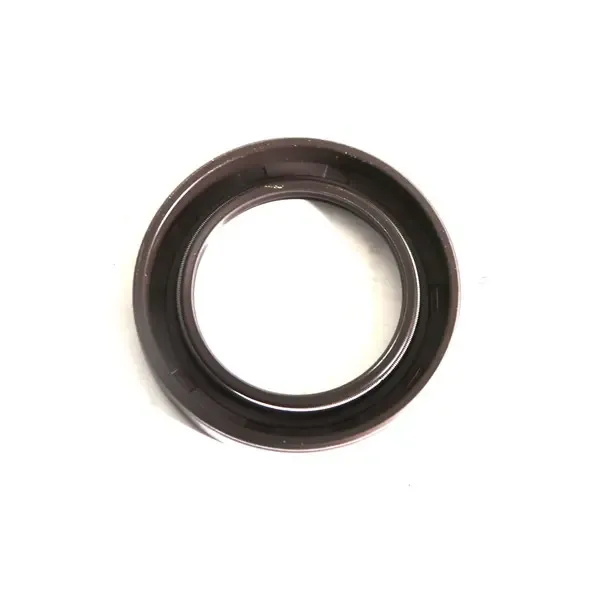10 月 . 08, 2024 12:29 Back to list
Understanding Rotary Shaft Oil Seals and Their Importance in Machinery Performance
Understanding the Rotary Shaft Oil Seal
Rotary shaft oil seals are crucial components employed in various machinery and automotive applications. Designed to retain lubricants, prevent contaminants, and ensure efficient operation, oil seals play a vital role in maintaining the integrity and longevity of rotating equipment. This article explores the function, types, applications, and maintenance of rotary shaft oil seals.
Function of Rotary Shaft Oil Seals
The primary function of a rotary shaft oil seal is to prevent the leakage of lubricating oil from the bearings and other rotational components while simultaneously blocking dirt, dust, and other contaminants from entering the system. This dual function is essential in reducing friction and wear between moving parts, thus ensuring smooth operation and extending the lifespan of the machinery.
In practical terms, the oil seal consists of a circular body made from materials such as elastomers, rubber, or polymers. It features a lip that exerts pressure against the rotating shaft, creating a barrier that helps retain lubricant and keep foreign particles out.
Types of Rotary Shaft Oil Seals
There are several types of rotary shaft oil seals available, and each type is tailored to meet specific requirements. The most common types include
1. Single Lip Seals These seals have one sealing lip and are used primarily in low-pressure applications. They are cost-effective and simple but may not provide the best protection against contaminants.
2. Double Lip Seals Featuring two sealing lips, double lip seals provide enhanced sealing capabilities. They are ideal for environments exposed to dirt and moisture, thereby offering superior protection compared to single lip seals.
3. Mechanical Seals While not traditional oil seals, mechanical seals are often used in applications where high-pressure or high-temperature resistance is required. They are commonly found in pumps and compressors.
rotary shaft oil seal

4. Spring-Loaded Seals These seals incorporate a spring to help maintain consistent pressure against the shaft, ensuring better performance under various operating conditions.
Applications
Rotary shaft oil seals are widely used across different industries, including
- Automotive In vehicles, oil seals are found in engines, transmissions, and differentials, where they prevent oil leaks and ensure efficient operation. - Industrial Equipment Machinery such as pumps, compressors, and conveyor systems rely on oil seals to maintain lubricating properties and prevent contamination. - Aerospace and Marine Aircraft engines and marine motors use specialized oil seals to withstand extreme conditions while ensuring reliability and performance.
Maintenance and Replacement
Regular maintenance is crucial for ensuring the longevity of rotary shaft oil seals. Operators should routinely check for signs of wear or damage, such as oil leaks or abnormal vibrations. When a seal fails, it can lead to significant issues, including machinery breakdown or operational inefficiencies.
Replacing a worn or damaged oil seal requires careful consideration of the seal’s type and size. Ensuring proper installation and alignment is essential to prevent premature failure and maintain optimal performance.
Conclusion
Rotary shaft oil seals are indispensable in ensuring the reliable functioning of machinery across various sectors. Understanding their function, types, and maintenance can help in prolonging the life of equipment and enhancing efficiency. By taking proper care of these components, operators can minimize downtime and maximize productivity.